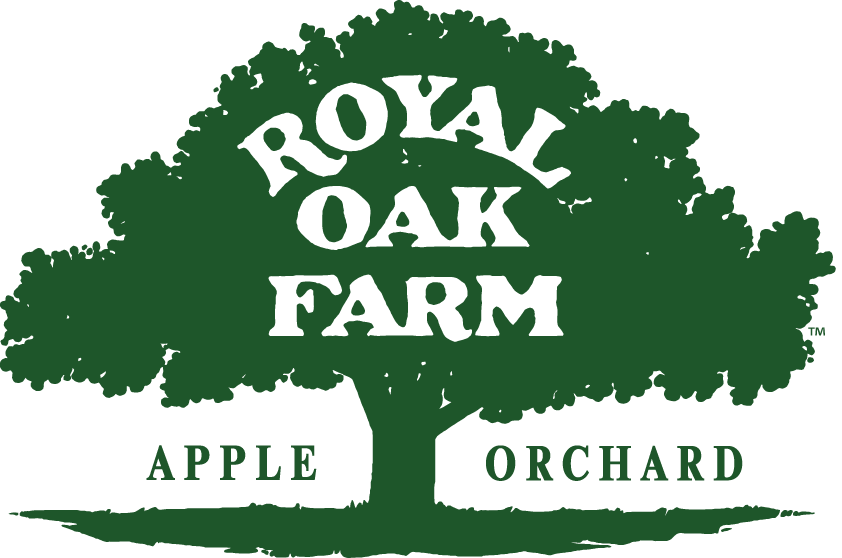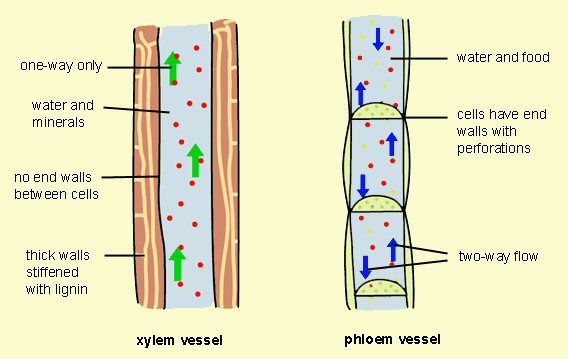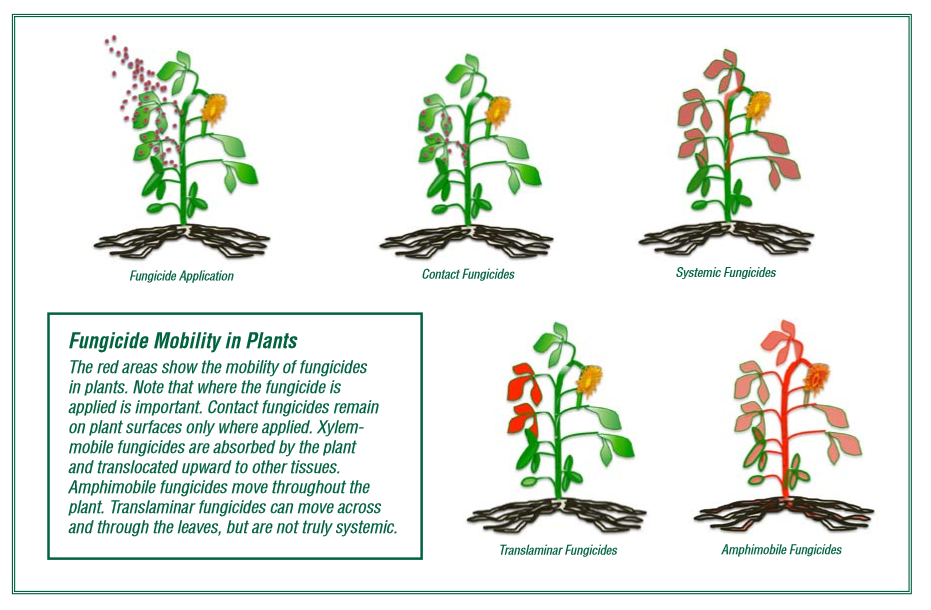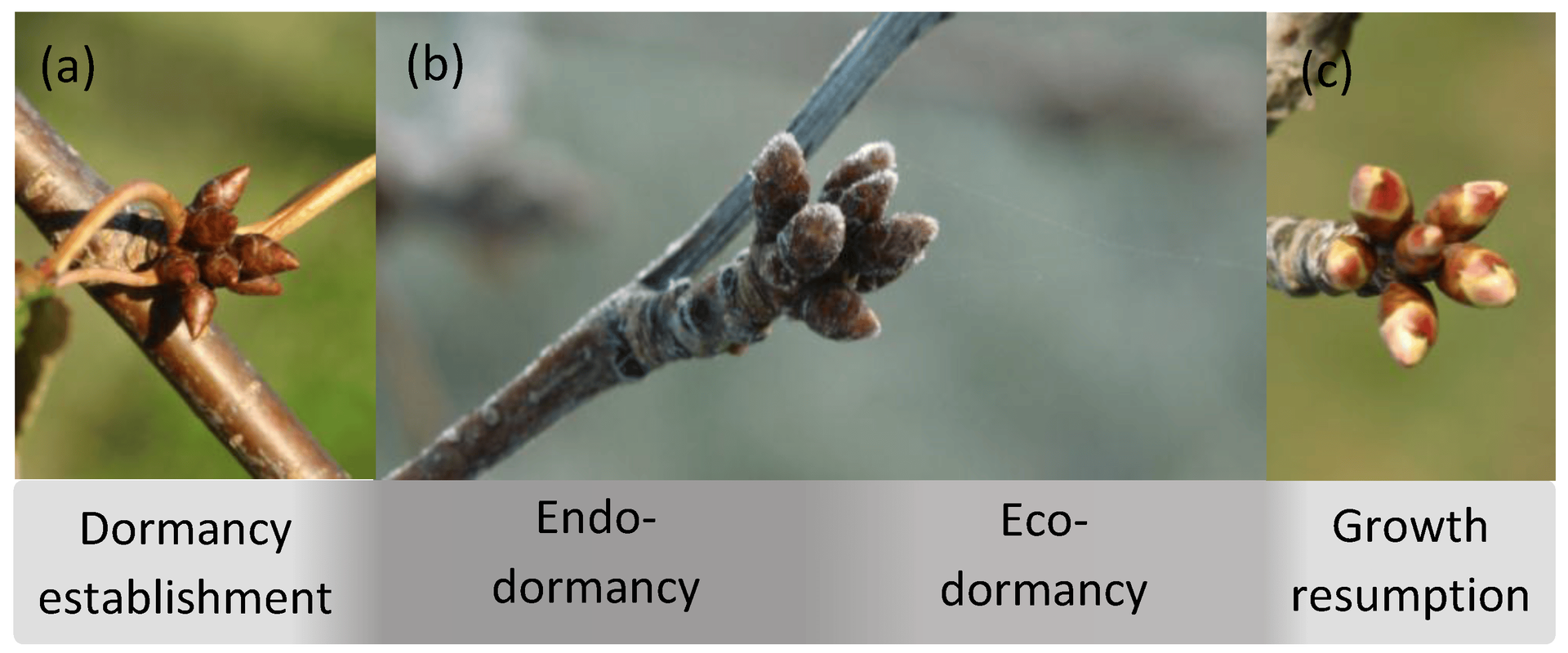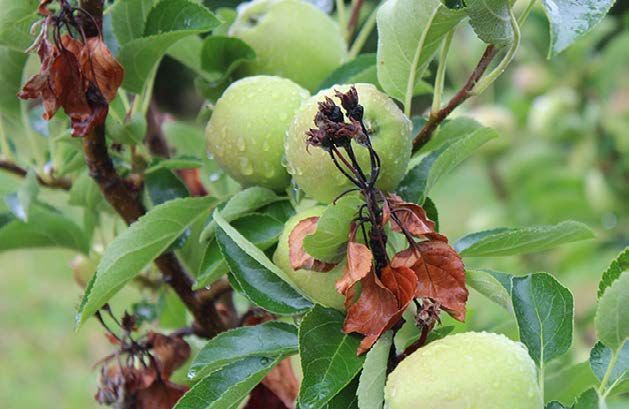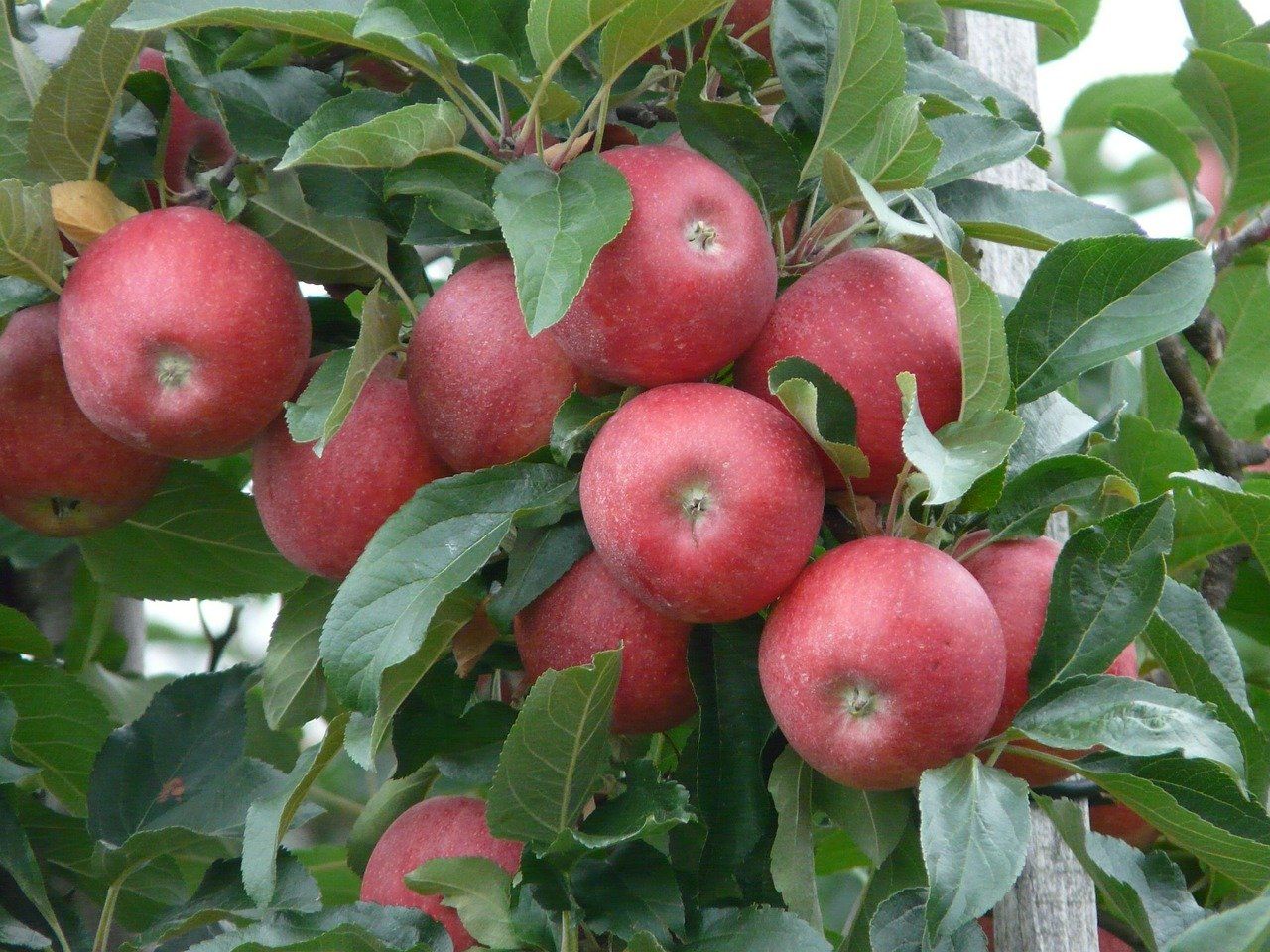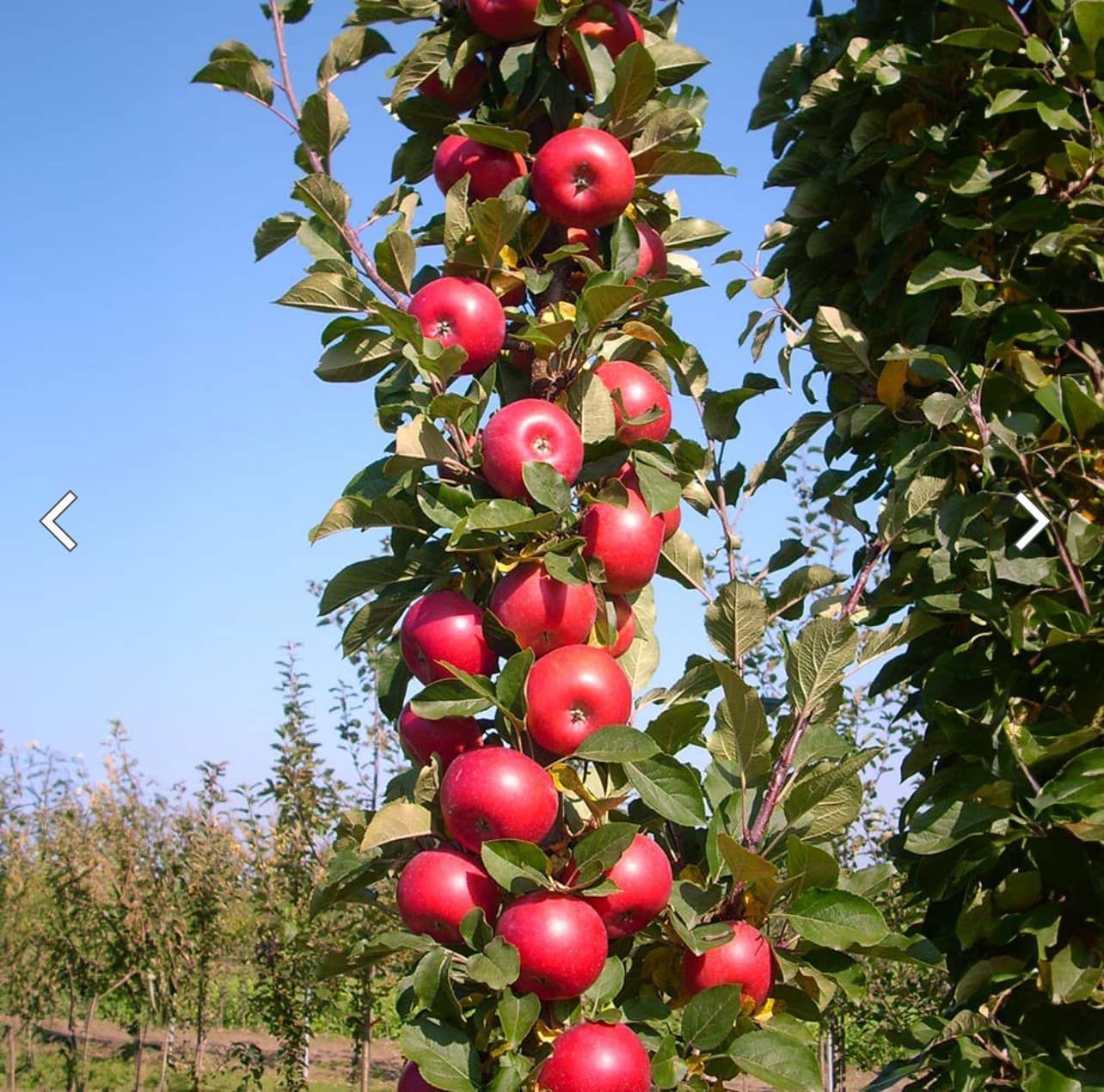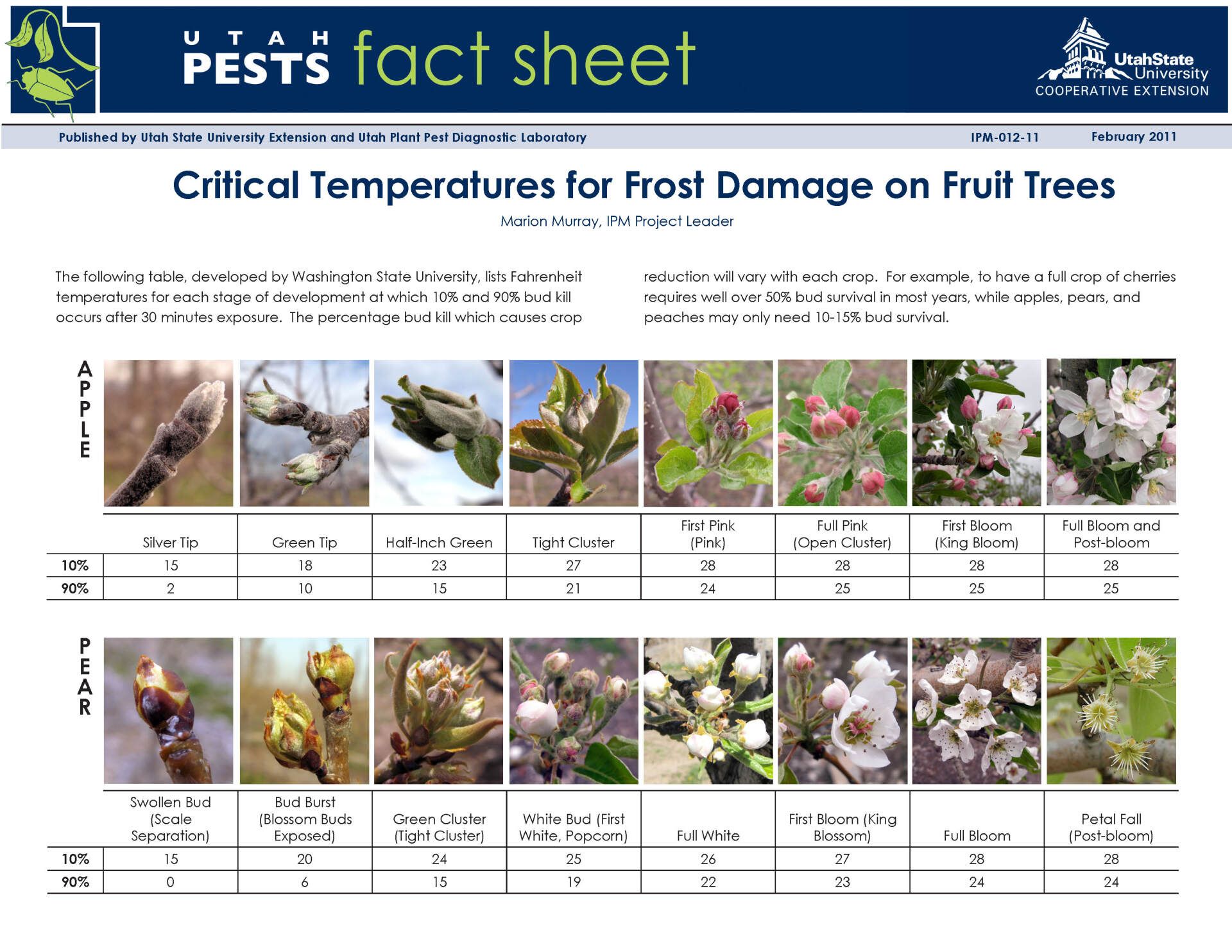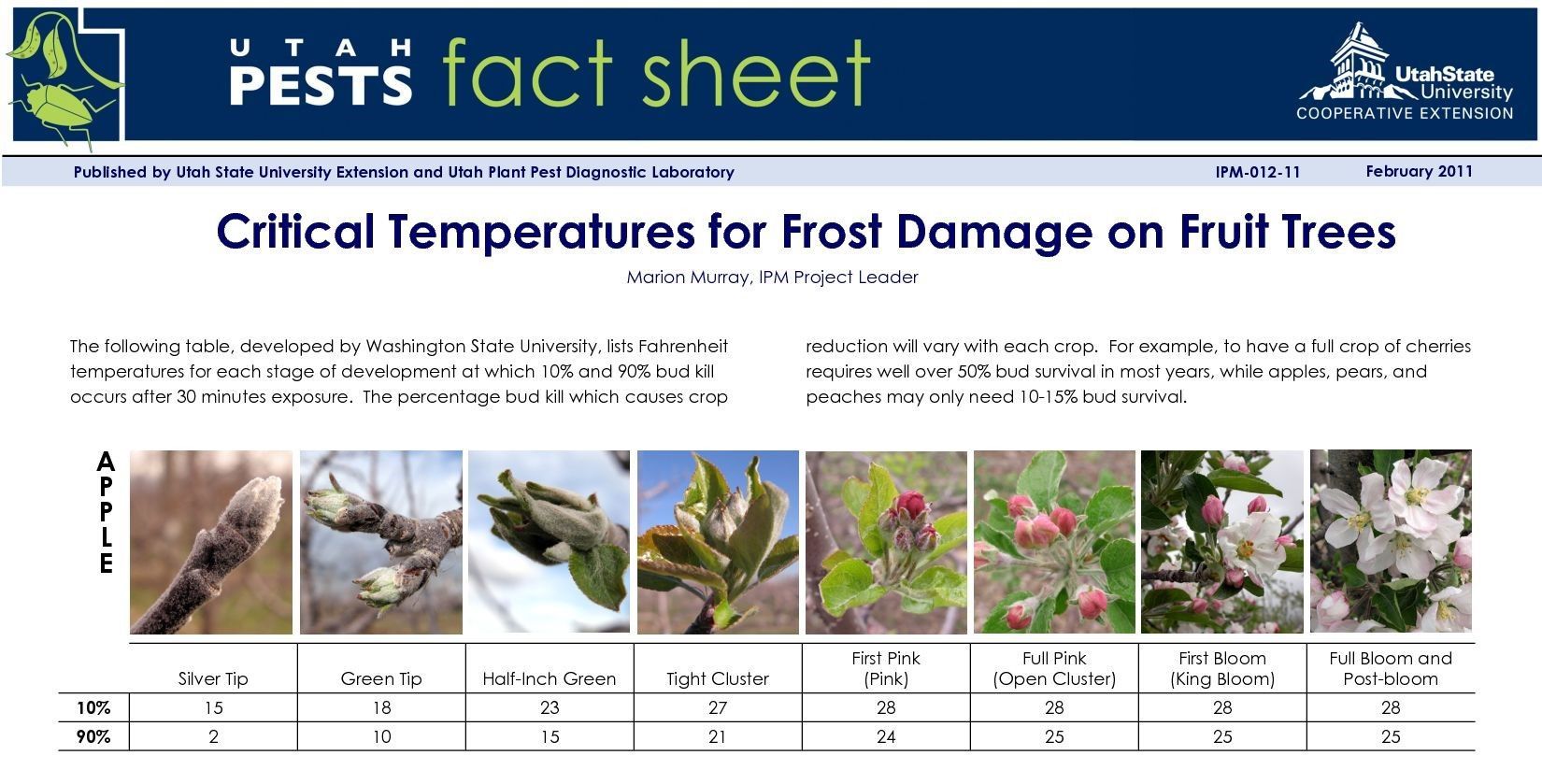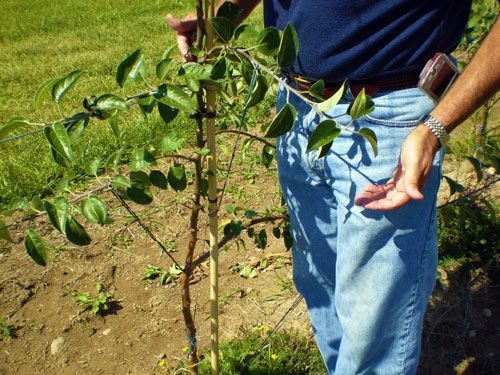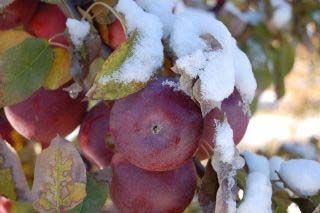A Word (or a Few) About Fungicides
A Word (or Two) About Fungicides
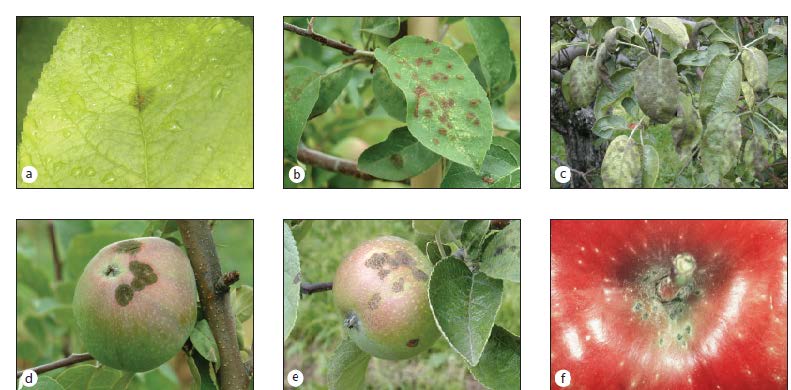
Fungicides can be either contact fungicides or penetrant fungicides and non-systemic, locally systemic or fully systemic. Mobility describes fungicide movement after it is applied to a plant. To understand differences in mobility, it’s important to know the difference between absorption and adsorption. It is also important to know a little about the plants vascular system.
A plants vascular system is made up of phloem and xylem. These are complex tissues that perform transportation of food and water in a plant. They are the vascular tissues of the plant and together form vascular bundles. They work together as a unit to bring about effective transportation of food, nutrients, minerals and water. The vascular system can also transport fungicides, depending on the mobility of that fungicide, whether it is xylem mobile or phloem mobile. But, the xylem becomes dysfunctional at an early stage of fruit development, which means that xylem mobile mobile fungicides do not get into the fruit or vegetable.
Fungicides that can be taken up by the plant are absorbed. Fungicides that adhere in an extremely thin layer to plant surfaces are adsorbed. Because fungicides are either adsorbed or absorbed, they have two basic forms of mobility: contact and penetrant. Regardless of the type of mobility that a fungicide possesses, no fungicide is effective after the development of visible disease symptoms. For that reason, timely fungicide application before establishment of the disease is important for optimal disease management.
Contact fungicides are adsorbed and considered non-systemic. They are susceptible to being washed away by rain or irrigation, and most (but not all) do not protect parts that grow and develop after the product is applied. Captan is one such contact fungicide.
Penetrant fungicides are absorbed, so they move into plant tissues, and penetrate beyond the cuticle and into the treated leaf tissue itself. There are various kinds of penetrants, characterized by their ability to spread when absorbed by the plant. They can be locally systemic, penetrating leaf tissue only or fully systemic, moving beyond the leaf tissue. Systemic fungicides can be further subdivided based on the direction and degree of movement once they have been absorbed and translocated inside the plant. Immunox is a penetrant that is xylem mobile, therefore, not totally systemic or amphimobile.
Amphimobile fungicides (also called true systemic penetrants) move throughout the plant through its xylem and phloem.
Xylem-mobile fungicides (also called acropetal penetrants ) move upward from the point of entry through the plant’s xylem, but not into the fruit or vegetable. Xylem-mobile systemics applied to leaves move throughout the leaf where deposited, but cannot be redistributed out of that leaf.
Locally systemic fungicides have limited translocation from the application site.
Translaminar fungicides are absorbed by leaves and can move through the leaf to the opposite surface they contact, but are not truly systemic and do not move throughout the plant.
In summary, systemic fungicides work by becoming absorbed into the plant tissues and protecting the plant from fungal diseases as well as ridding the plant of any existing diseases. Some systemic fungicides are locally systemic, meaning that the chemicals aren't transmitted very far from the application site on the plant. Other systemic fungicides are applied to and absorbed up through the roots, moving throughout the rest of the plant. Eradicant fungicides can have systemic action, depending on which chemistry is chosen. Some are translocated within the host tissue and are able to kill the scab fungus up to a certain length of time after infection occurs. This is called the kickback or reachback period. Because kickback periods may change, always check the label for the most recent information. Kickback is calculated from the beginning of an infection period, as determined by the Mills and La Plante table.
It is best to choose fungicides that are not Phloem mobile to avoid any products getting into the fruit. Choose only Xylem mobile or contact fungicides to keep you fruit and vegetabels safe from chemicals. Click here for a fairly complete list of the most commonly used fungicides and their mobility and characteristics.
Backyard Orchard Management @ Royal Oak Farm Orchard
Backyard Orchard Management @ Royal Oak Farm Orchard is a blog for the home fruit tree grower providing information about fruit tree management, fruit tree pruning & training and Integrated Pest Management from the IPM Specialist and Certified Nurseryman at Royal Oak Farm Orchard, a 22,000 tree apple orchard and agri-tourism operation located in Harvard, Illinois.
Click or tap any title to read that post.

